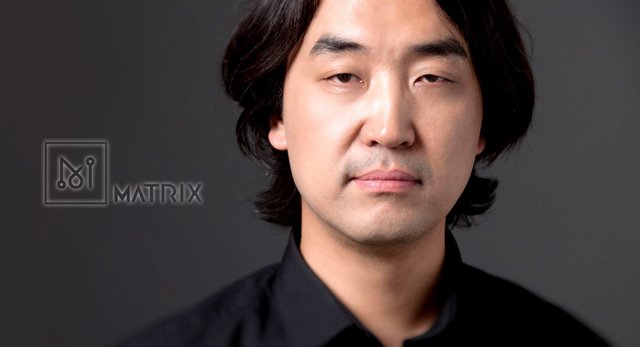The next step on blockchain: Matrix
MATRIX: A Safer, Faster and More Flexible Intelligent Blockchain.
MATRIX is an open-source blockchain that supports smart contracts and machine learning services. With its infrastructure re-built with artificial intelligence (AI) techniques, MATRIX revolutionizes the user experience of executing smart contracts by making the whole process faster, easier, and safer. MATRIX offers breakthrough technologies in building highly flexible blockchain networks, which support adaptive self-optimization and multi-chain collaboration. In addition to refactoring the blockchain with AI, MATRIX also allows its mining power to be used AI based big data applications.
“The MATRIX intelligent Blockchain is a game changer in Blockchain technology,”, said Owen Tao, CEO of MATRIX.
“MATRIX differentiates itself from previous Blockchains by offering breakthrough technologies in building AI-enabled autonomous and self-optimizing Blockchain networks, which feature multi-chain collaborations and decoupling of data and control blocks”.
As a result of the extreme congestion on both the Bitcoin and Ethereum Networks, ICO investors or contributors have faced significant challenges with cryptocurrency transfers which causes substantial hitches in trade transactions. The MATRIX Blockchain, via a unique dynamic hierarchy generation mechanism, enables the delivery of a superior transaction speed with the goal being to outperform the VISA system and deliver a remarkable throughput of 1 million transactions/second.
I want to share some important information about one of the team leaders Steve Deng

Yangdong (Steve) Deng received his Ph.D. degree in Electrical and Computer Engineering from Carnegie Mellon University, Pittsburgh, PA, in 2006. He received his ME and BE degrees in Electronic Department from Tsinghua University, Beijing, in 1998 and 1995, respectively.
His Ph.D. research focuses on a new 3-dimensional (3-D) VLSI integration scheme. Due to its die-to-die stacking architecture enhanced by an incremental testing methodology, the proposed 3-D integration scheme could significantly improve the fabrication yield. He developed the first generation 3-D VLSI layout design tools. He also evaluated the performance gain of implementing several real world designs including a microprocessor into 3-D integration. His work was introduced in a special topic session on International Solid State Circuit Conference, 2005.
During his Ph.D. research, he also developed an efficient algorithm to optimize the interconnection network for System-on-Chips. The work opened up a new research direction to optimize system interconnection by taking into account the predicted layout information.
He joined Incentia design Systems in 2004 as a senior software engineer (before finishing his Ph.D. dissertation). From 2006 to Feb. 2008, he was with Magma Design Automation as a software architect. In both companies, he had been developing leading edge physical design tools. He was one of the main developers of Magma’s new Talus million-gate IC design toolkit. He received an award from Magma Design Automation for his contribution to the NEC project.
Since Mar. 2008, he has been with Institute of Microelectronics, Tsinghua University as an associate professor. His research interests include parallel electronic design automation (EDA) algorithms, electronic system level (ESL) design, and parallel program optimization. His research is supported by the EDA Key Project of China Ministry of Science and Technology, Intel University Program, NVidia Professor Partnership Award and others. He is going to the principle investigator of the Parallel Electronic Design Automation Project sponsored by the National High Technology Research and Development Program of China (863 Program).
Besides his research publications, he coauthored a textbook book, Structural VLSI Design and High Level Synthesis (in Chinese). Published by Tsinghua Publishing House, the book was nominated by China Department of Education as the official graduate textbook on digital system designs and was extensively used by Tsinghua and other China universities since 2000. He organized and taught two 5-day short courses on CUDA based massively parallel programming, which are the first teaching practices to systematically disseminate CUDA expertise in China.
MATRIX AI NETWORK TIMELINE
September 2016 – Project Inception
January – May 2017 – Successful sculpturing of Blockchain design
Sep 2017 – First edition AI testing
Q1 2018 – MATRIX Initial coin offering
Q2 2018 – MATRIX Initialization
Q3 2018 – Light Speed Network Launches
Q4 2018 – AI-secured Intelligent Contracts
Q4 2019 – Mining & More Apps
Finally I advise you to pay attention and search more about MATRIXAINETWORK. You can follow @matrixainetwork on twitter. If you want to buy tokens , you can buy Matrix on etherdelta.